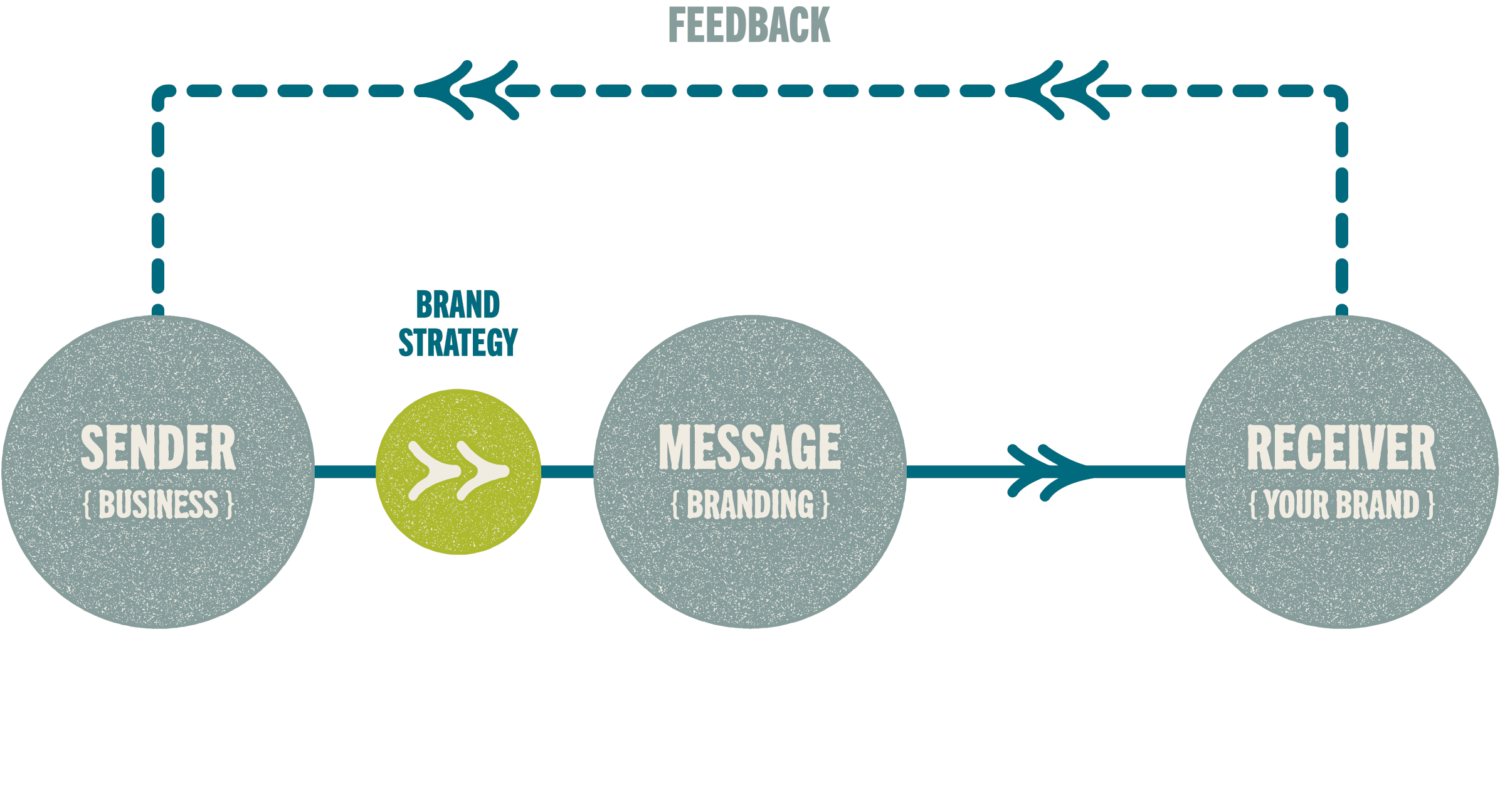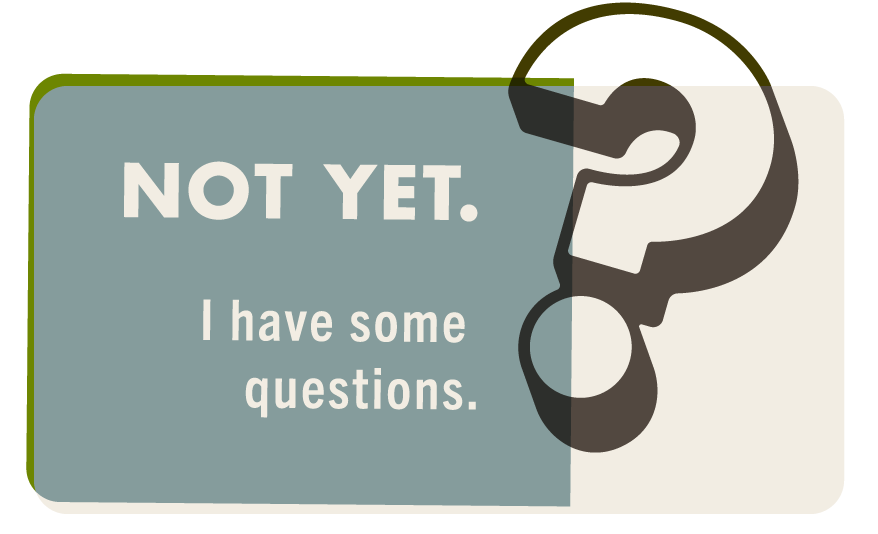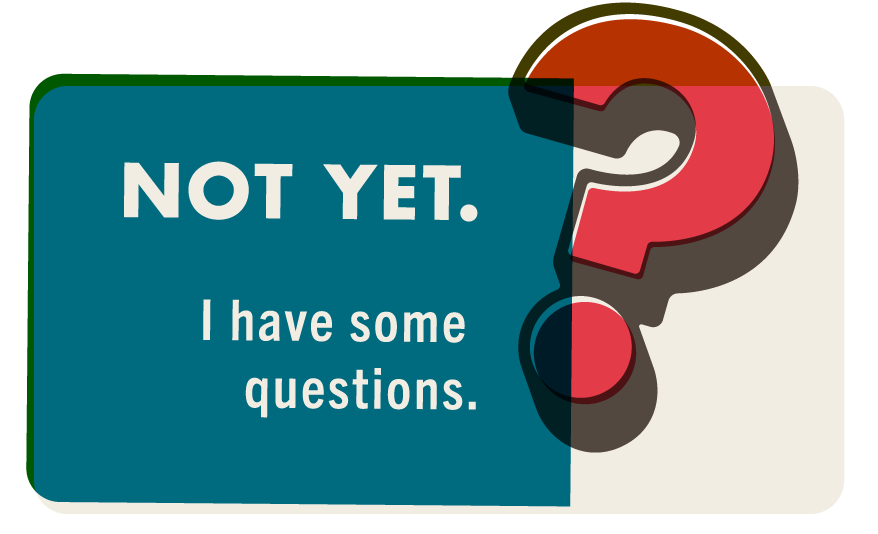What the heck is brand strategy?
What is more valuable: the plan or the execution?
The answer to that question depends on the amount of risk involved. If what you’re about to do isn’t that risky, then jump in, make a mess, learn some lessons, and if you have to do it all over again, it’s not that big of a deal. But if you’re about to take a big risk, you want to be sure you’ll succeed. You don’t just make a plan. You invest in a good one.
Branding is no different. If you are actively working to reach the ambitious goals you’ve set for your business, you are taking a big risk. (Also, congratulations. I’m rooting for you.) What you’re doing is too risky to miss connecting with your target audience, too risky to be confused with a competitor, too risky to position your business in a crowded market.
From this point of view, a well-formed plan looks pretty valuable.
By Kyle Hodgman
06/07/2024
The Definition of Brand Strategy
If you have a business, product, or service that anyone knows about then you already have a brand, even if it’s unintentional. (See our article defining branding.) A Brand Strategy begins when you start being intentional about your branding.
Brand Strategy is a statement of the ideas that guide the development of a brand.
When we map the discipline of branding onto the communication model, your business is the Sender, branding is the process of crafting the Message, and your brand is the instinctive ideas in the mind of the Receiver.
To grow your brand, your business needs to be aligned with your target audience. Your target audience is filled with real people. Your business can't control what their lives are like, what they want, or what’s getting in their way. But once you know the answers to those questions, you do have the control to position your business to align yourself to them.
Brand Strategy is a pivot point.
It sits between the Sender and Message. It works with your business strategy and sets a path to your target audience. Then it determines the Message before it gets crafted and expressed.

Simple Questions with Hard Answers
Every brand strategist has their own method for creating brand strategies, using many different questions, exercises, and frameworks. There isn’t one right way to develop a Brand Strategy, but every good Brand Strategy should clearly understand three things: the past, present, and future of the business, the target audience, and the competition.
At Middlename, we take a pendulum approach: starting with understanding the business strategy, swinging over to the target audience, and then swinging back to the business with new insights in hand.
At its simplest, 4 questions need to be answered about the target audience:
1. Who are they?
2. What do they want?
3. Why do they want it?
4. What's getting in their way?
In answering these questions, we are inevitably going to start uncovering details about the business’s competition and market trends. Research on competition and trends get investigated on the swing back to the business.
Armed with insights about the target audience, the competition, and the market, we have the 3 hardest questions to answer:
1. Who are you?
2. What do you do?
3. Why does it matter?
Answering these three simple questions will only align your business with your target audience if you first understand your audience and what’s getting in their way. This is when Brand Strategy and Business Strategy inform and influence each other. There’s a back-and-forth between the two as you position your business, products, and services to align with your audience.
Where Does it Hurt?
A good Brand Strategy creates a path for both internal and external brand development. If you only use a Brand Strategy to tell your audience what you think they want to hear without becoming the type of business that can actually fulfill that promise, you’re likely to lose your audience’s trust and harm your brand. Apply your Brand Strategy from the inside out.
Does your business have many employees who can’t tell you why your business matters? Is your business’s internal culture scattered, making every customer’s experience with you completely different? Does your business have way too many “priorities” to know where to effectively put your time and resources? Brand Strategy can unite your team under a common goal and a common way of achieving it.
Do you feel like your business is misunderstood or even invisible to your target audience? Do you lack confidence in how your business looks and sounds when you speak to them? Brand Strategy can help you present your business in the market by defining your identity.
Are you spending a lot on marketing but seeing little return? Are your competitors gaining an advantage over your business? Are market trends moving your customers further away from you? Brand Strategy will bring focus to your marketing, helping you waste less time and money achieving the results you’re after.
Branding builds the stuff on the surface. Brand Strategy is the substance under the surface that gives your branding its shape. Start with substance.








